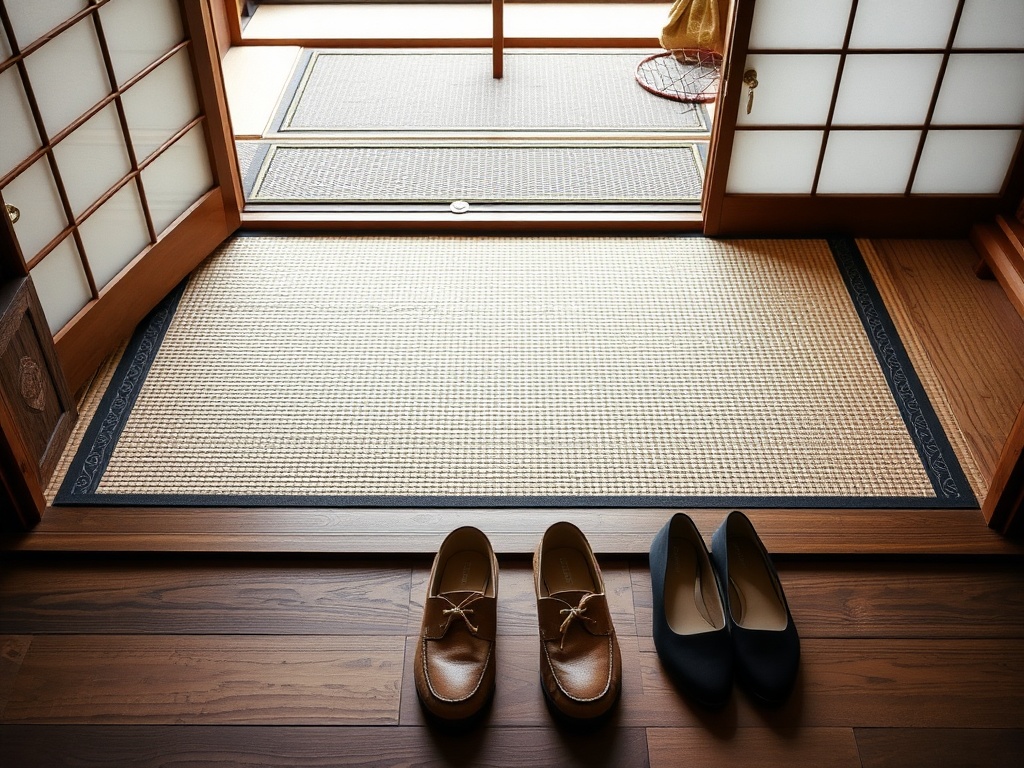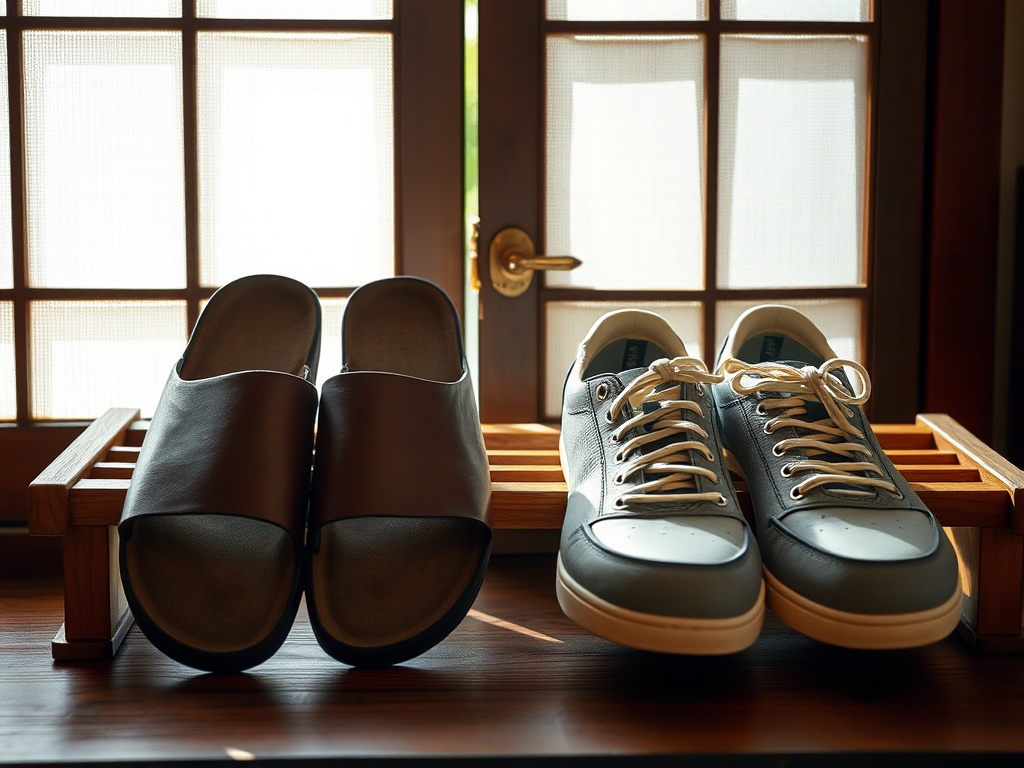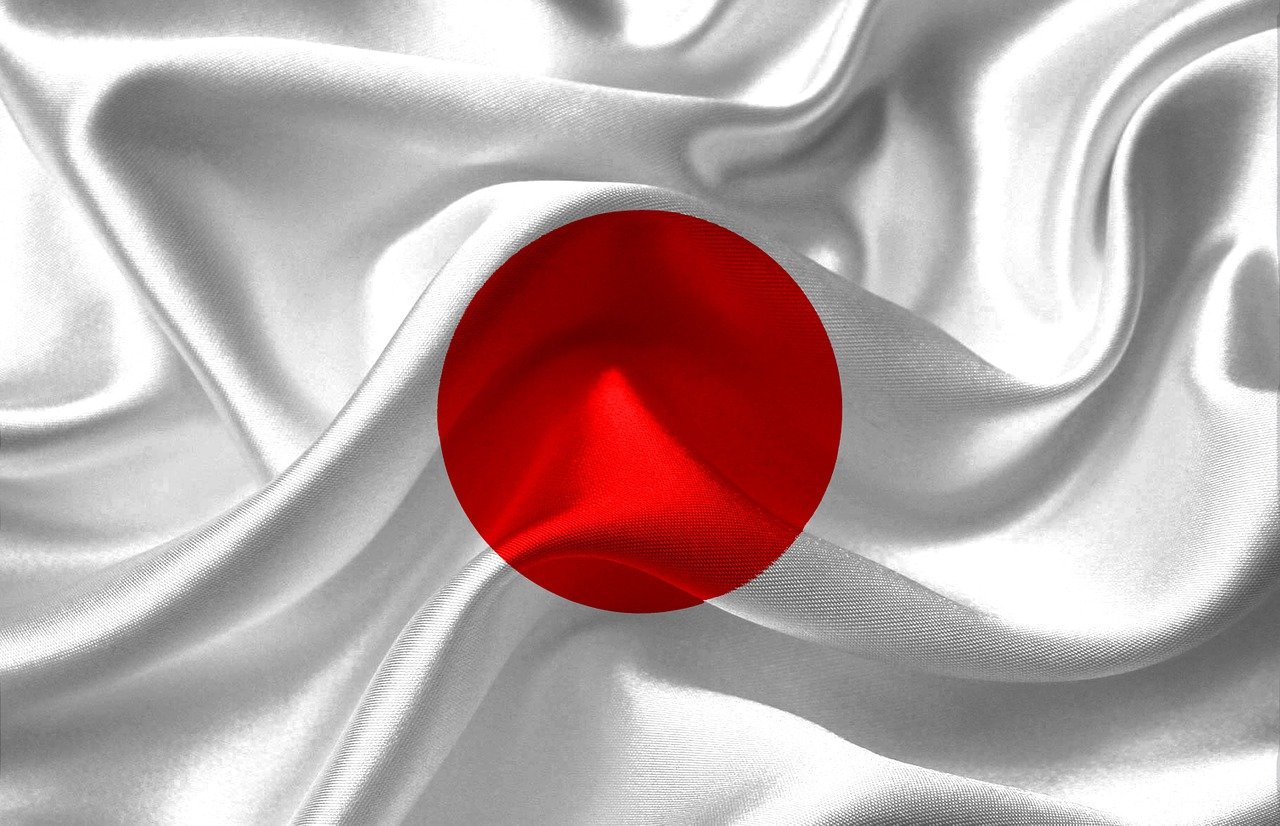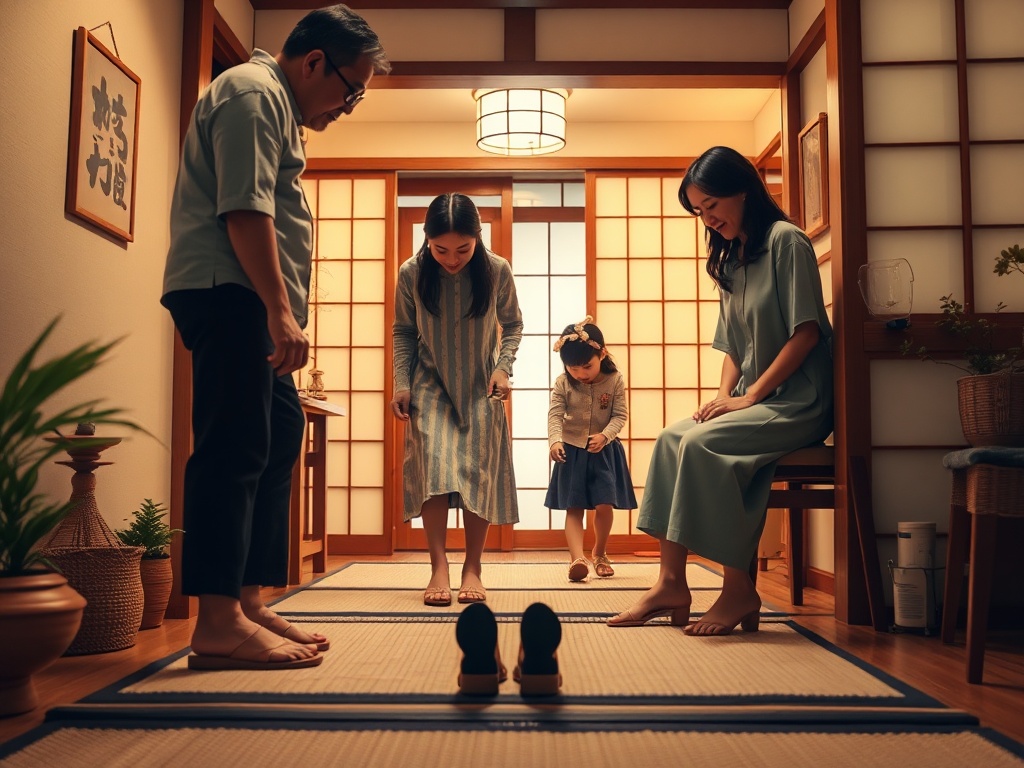Taking Off Your Shoes in Japan: A Fun Guide!
Win a Free Trip to Japan!
Experience cherry blossoms and ancient temples
So, you’re getting ready for a trip to Japan and you’ve heard about the mysterious ritual of taking off your shoes. It may sound trivial, but trust us, it’s a big deal! Imagine approaching your first genkan—that’s the entryway of homes, ryokans (traditional inns), temples, and some restaurants. You might be tempted to just stroll in, but wait! Let’s dive into the delightful nuances of this cultural practice.
What is a Genkan?
The genkan is not just any foyer; it’s a special place. You’ll notice that it’s usually lower than the main floor. This little step down signifies that you’re entering a clean space. The floor is often made of tiles or stone, while the interior is typically wooden. It’s like a transition zone, a magical threshold where dirt meets cleanliness. In Japan, clean and dirty aren’t just concepts; they’re a way of life!
Why the Fuss About Cleanliness?
In Japan, shoes are considered dirty. They’ve walked through dirt, grime, and who knows what else! That’s why they stay in the genkan, which is also seen as a dirty area (albeit less so than outside). Your socks and bare feet, however, are symbols of cleanliness, meant to tread only on the pristine floors of Japanese homes and establishments. So, when you’re getting ready to enter, remember: Feet and socks should never touch the same ground as shoes!
The Art of Taking Off Your Shoes
Alright, time for some practical tips on how to master the shoe removal process like a pro:
- Approach the genkan with confidence.
- Turn away from the interior floor so your heels are backed up to it. This is key!
- With one swift movement, slip one foot out of its shoe and step backward onto the clean interior floor. Ta-da!
- Now, do the same with your other foot. Voila! You’re now officially a socked-footed guest!
Remember, the goal is to avoid having your socks touch the dirty genkan floor. Once you’ve successfully removed your shoes, it’s polite to place them neatly on a shoe rack or off to the side, pointing them outward toward the door. This little detail makes it easier for you to slip them back on when you leave.
Slipper Etiquette: The Next Level
If you’re lucky enough to be offered slippers, grab them with glee! Slippers are your best friends inside a Japanese building, but be warned: absolutely no slippers on tatami mats! Tatami is that lovely, traditional straw matting found in many Japanese homes, and it deserves to be treated with utmost respect. When you enter a restroom, you’ll find a special pair of slippers just for that purpose. The rule here is simple: swap your regular slippers for toilet slippers before entering. And for goodness’ sake, don’t forget to take them off when you exit! It’s a faux pas you want to avoid at all costs!
Putting Your Shoes Back On: The Grand Finale
When it’s time to leave, the process of putting your shoes back on requires just as much finesse:
- Retrieve your shoes from the rack, making sure the toes are facing outward.
- Keep your socked feet on the clean interior floor as you prepare to step into your shoes.
- Slide one foot into a shoe, then step away from the interior floor to adjust your footwear.
- Repeat with the other foot. Easy peasy!
If you find yourself at a tourist spot, try to make it quick. Don’t linger in the genkan as it’s a busy space. Slip on those shoes, step out, and then take a moment to tie them. Most public genkan have benches or shoehorns, so make use of them. Just remember: don’t put your shoes on the bench! Instead, sit down and lean over to tie them. Sitting on the raised interior floor to tie your shoes? Nope, that’s a no-go too!
Final Thoughts: Embrace the Culture!
In Japan, you’ll find yourself taking off your shoes more often than you can count, so it’s a good idea to pack comfortable footwear that can be easily slipped on and off. And do yourself a favor: bring plenty of clean socks—preferably with no holes! After all, you want to make a good impression, right?
So there you have it! Embrace this quirky yet charming aspect of Japanese culture, and you’ll not only fit in seamlessly but also enjoy every moment of your adventure in the Land of the Rising Sun!




